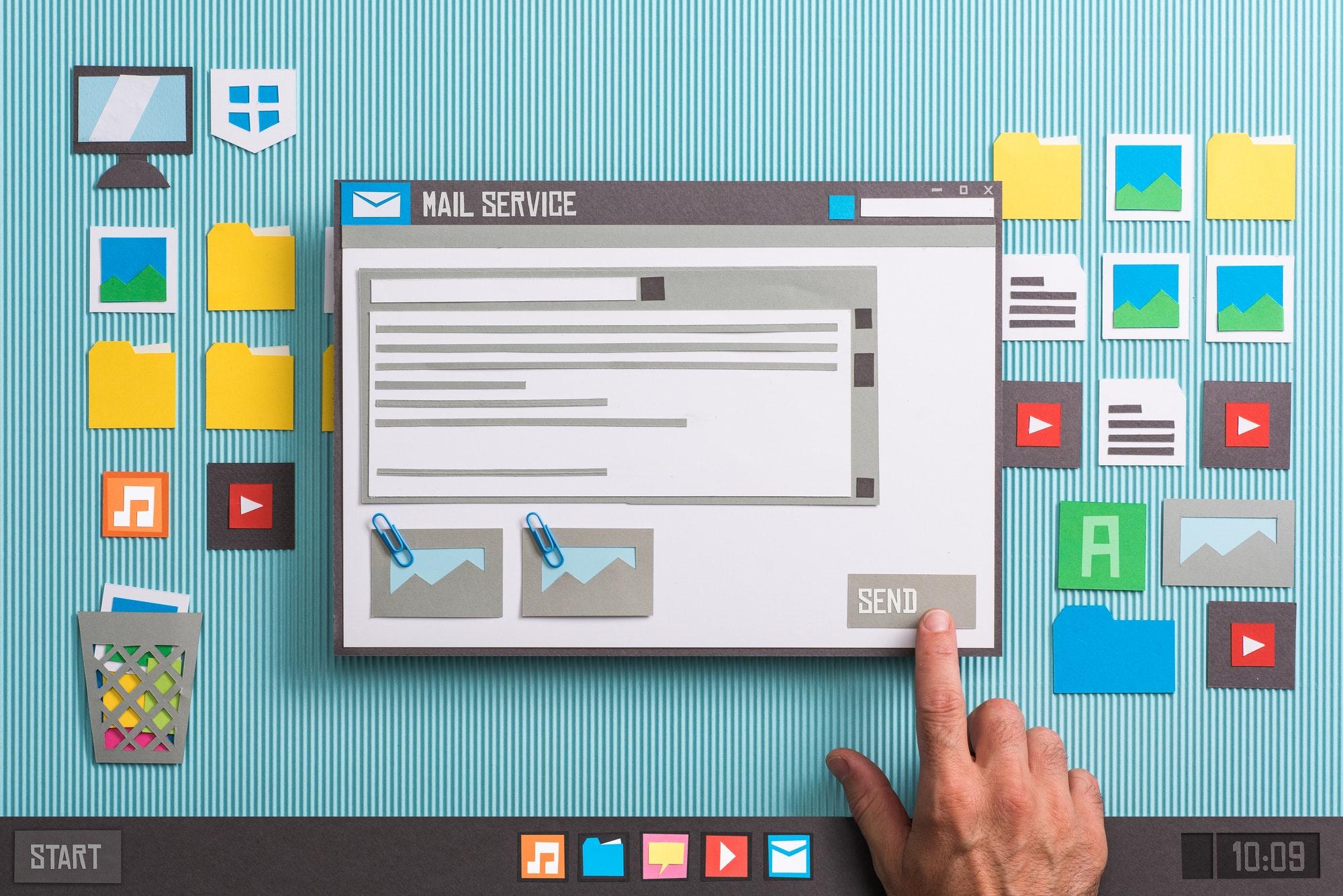Congratulations! You've poured your heart and soul onto the page, and your book has come to life. You've planned the launch to end all launches and even built the perfect landing page where your legion of fans can subscribe to your newsletter while they anxiously wait, cash in hand, for your next release.
Sounds like every author's dream, right? Well, of course, it does. It's how we all hope and pray our launches will go, but there's one minor detail you have to attend to yet, and getting it right can overwhelm even the most seasoned authors.
You can have the most successful launch in all of indie author history, but it won't help your long-term strategy if you can't collect your reader’s contact information and use it in a way that's relevant to your author business. That’s where email service providers (ESP) come in.
An ESP is a company that provides the technology platform or service that collects and manages email subscriber lists. Their services range from simple contact information collection to marketing campaigns, beta reader management, and even sophisticated data analytics.
If all ESPs were the same, it wouldn't matter which you chose. While most provide a similar set of basic features, they can vary greatly when it comes to the tools that help an author manage their subscriber list.
Fortunately, you don’t need to have ESP to choose an ESP. Most of us start the decision-making process by asking our author friends, scouring through posts in networking groups, or searching the web for reviews. These are all suitable places to begin, but going these routes often presents another set of challenges that can lead to confusion and frustration.
Turning to the web can point you to some really helpful information, but it can also send you down a rabbit hole of endless comparison articles. Case in point, a Google search for ‘best email service providers for authors’ turns up 7,940,000,000 results as of March 2022. That's an enormous amount of data to shuffle through when you have so many other author tasks to tackle.
So how do you cut through the mountains of information and opinions to find the right ESP for you?
While there is no one-size-fits-all approach, one of the best ways to approach the process is to treat it like IT professionals approach software procurement or development projects. One of the key steps in that process is establishing a baseline. This is done by performing a current state analysis, which is basically just a deep dive into how you’re doing things now.
To put this into context for an author, you would want to start by assessing where you are in your current author business.
- Are you a new, unpublished author or recently published author with a small or non-existent subscriber list?
- Are you a few years into your business and your list is starting to grow beyond what you can reasonably manage through your current process or ESP?
- Are you a seasoned author with a massive list and need a set of robust tools to help you leverage your subscriber list?
Once you’ve determined where you are, the next step is to determine where you want to go. This process is similar to the technical needs analysis or business requirement gathering phase of an IT project. This step is all about thinking through how you plan to use your subscriber list.
- When and how often do you plan to reach out to your list?
- Only occasionally when you have a new release
- On a predetermined schedule that includes both emails and recurring newsletters
- Frequently through things like multi-email sequences, ARC teams, or sales campaigns
- How do you plan to grow your list?
- By a wing, a prayer, and a word of mouth, even if it takes years to build
- At a moderate pace as you develop a backlist and gain exposure
- Like a boss, baby! You have big plans that include BookFunnel promos, newsletter swaps, ads, and maybe even a sign twirler if it will get you subscribers
Why does any of this even matter?
Working out the when, where, and how is a crucial part of the evaluation process because when it comes to choosing an ESP, size really does matter. With most ESPs, the size of your subscriber list and the frequency at which you engage with them has a direct impact on the amount you’ll pay. This brings us to the step of the evaluation process where you need to determine your price point. This step is similar to the process of cost estimation and budgeting for an IT project.
Most ESPs offer either a free trial or a low-cost bottom tier plan for managing subscriber lists of less than a thousand unique contacts. As your subscriber list grows or you increase your engagement frequency, the subscription price increases exponentially. If you don’t approach your ESP purchase with at least some type of budget in mind, the added cost of scaling your subscriber list can quickly outspend your post release profits.
Most of us are familiar with the old adage, “Time is money,” but you’d be surprised how often the need to evaluate time in terms of cost is overlooked during the planning process. When it comes to evaluating time, the first thing you should do is ask yourself the following questions:
- What is my level of technical ability?
- How much work do I want or have the bandwidth to do?
Answering these questions will help you develop a clear picture of the types of tools and features you’ll need in an ESP platform. As with most things, the more bells and whistles you want, the more you can expect to pay. One example of this is phone-based tech support. Only a handful of the top-rated ESPs offer this service as part of their free or lower-tier plans. With most ESPs, tech support is only available once you’ve upgraded to their more advanced, meaning more expensive, tiers.
If you consider yourself tech challenged or loathe the idea of wasting valuable writing time installing and configuring the connection between your website or landing page and your new ESP, you’ll either need to pay someone to do it for you or pay out of pocket for a higher-level tier that includes these services. Even something as simple as a lift and shift of your existing list to a new ESP can become complicated and require costly tech support if you’re unable or unwilling to tackle the task yourself.
While the steps outlined here are far from all-inclusive, they cover enough basic points of consideration to help you get started with the ESP evaluation process. Once you’ve narrowed it down to a handful of contenders, you might want to do side-by-side comparisons of features, pricing, and other factors similar to those shown below to get a high-level view of how your favorites stack up.
Now that you’ve done your due diligence, the only thing standing between you and one of the most valuable tools in your indie author toolbox is the “subscribe now” button.

